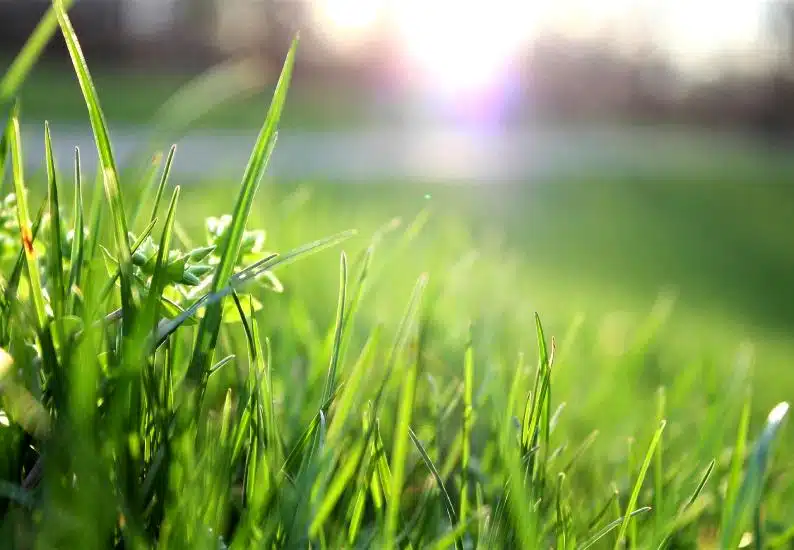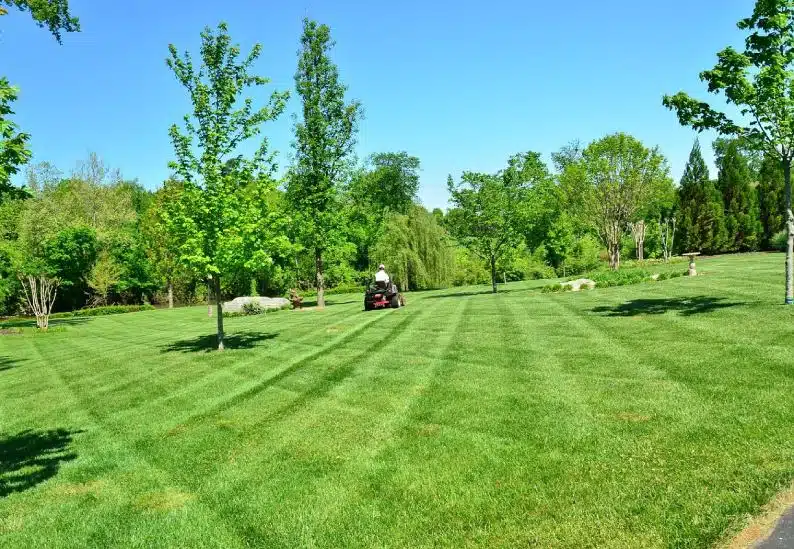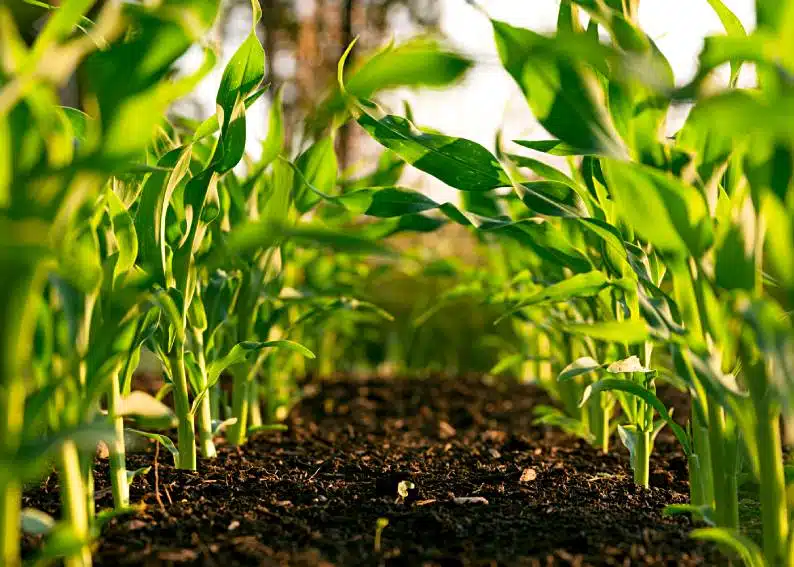words Alexa Wang
Every homeowner dreams of a perfectly pristine lawn. A lush green lawn enhances your property’s beauty and offers a welcoming space for relaxation. Yet, attaining that perfect lawn can challenge even dedicated gardeners. In this guide, we’ll share 6 easy tips to maintain a pristine lawn. These straightforward tips can transform your yard into a lush paradise, making it the envy of the neighborhood.
Regular Maintenance and Care for Long-Lasting Pristine Grass
Regular maintenance and care are key to achieving long-lasting pristine grass. This includes regularly mowing your lawn at the appropriate height, watering deeply but infrequently, and fertilizing with the right nutrients. Keep an eye out for any pests or diseases that may affect your lawn and take necessary measures to address them promptly. By staying on top of lawn maintenance, you can ensure that your grass stays healthy and vibrant for years to come. Regular maintenance also ensures that any small issues are addressed before they become bigger problems that require more time and effort to fix. So, make sure to set aside some time each week for lawn maintenance and care to keep your grass looking its best. This will benefit the appearance of your lawn and save you time, money, and effort in the long run.
Choosing the Right Grass for Your Climate
Some grass types thrive in cooler climates, while others do better in warmer regions. Researching the different types of grass and their suitability for your climate can help you choose the best option for your lawn. Factors such as soil type and amount of sunlight should also be taken into consideration when selecting the right grass for your lawn. Consulting with a local gardening expert can also provide valuable insight and guidance on choosing the right grass for your specific climate. By selecting the appropriate type of grass, you can ensure that your lawn stays healthy and vibrant year-round. This will make it easier to maintain a perfectly pristine lawn without having to constantly battle against unfavorable weather conditions.
Proper Watering Techniques for a Healthy Lawn
Many homeowners make the mistake of overwatering, which can lead to shallow roots and makes your grass more susceptible to disease and pests. Instead, water deeply but infrequently, allowing the soil to dry out in between watering sessions. This will encourage deeper root growth and help your grass become more resilient to drought conditions.
It is also important to water in the early morning or evening when temperatures are cooler, as this reduces water evaporation and ensures that your grass receives enough moisture. Using a sprinkler system with a timer can help you maintain consistent watering schedules without having to manually turn on the hose every time. However, if the aforementioned system is malfunctioning, then it may be wise to look for a professional that specializes in “sprinkler repair near me“. These experts can help ensure that the system is back on track and that it is running smoothly.
Mowing and Trimming Tips for Perfectly Pristine Grass
Mowing and trimming are important components of lawn maintenance that can greatly impact the overall appearance of your grass. When mowing, keep your blades sharp to prevent tearing and damage to the grass. Avoid cutting your grass too short as this can stress the plants and leave them vulnerable to pests and diseases. Gradually decrease the height of your mower throughout the growing season to encourage stronger root growth. Trimming around edges and obstacles can also help give your lawn a clean and polished look.
Fertilizing and Aeration for a Beautiful Lawn
Fertilizing and aeration are two important steps in maintaining a beautiful, pristine lawn. Fertilizer provides essential nutrients that help your grass grow strong and healthy, making it more resistant to weeds and diseases. However, it is important to use the right type of fertilizer for your specific grass type and to avoid over-fertilization which can damage the plants. Aeration involves puncturing small holes in the soil to allow air, water, and nutrients to reach the roots more easily. This helps prevent soil compaction and promotes healthy root growth. Aeration should be done once a year for cool-season grasses and twice a year for warm-season grasses.
Dealing with Weeds and Pests in Your Lawn
Dealing with weeds and pests is an inevitable part of lawn maintenance, but it doesn’t have to be a constant battle. Regularly inspecting your lawn for any signs of weed growth or pest infestations can help you catch them early on and take necessary actions. This could include using natural methods such as hand-pulling weeds or introducing beneficial insects to control pest populations. In some cases, using herbicides or pesticides may be necessary, but it is important to carefully follow instructions and use them sparingly to avoid harming your grass and the environment.
Achieving a perfectly pristine lawn may require some time and effort, but with these 6 easy tips, it is definitely attainable. By following these tips, you can transform your yard into a paradise that will not only be aesthetically pleasing but also provide a peaceful and relaxing space for you and your family to enjoy. Happy gardening!






